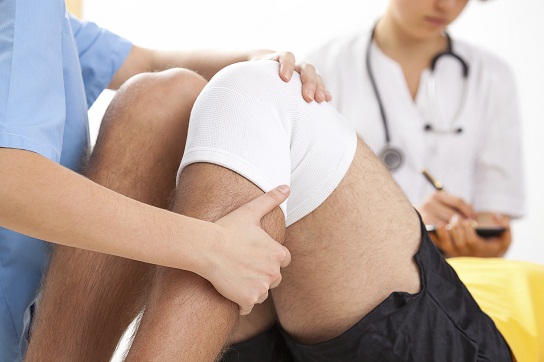Physical Therapy lets you get moving again.
It is easy, when you are in pain, to avoid movement. But, with the help of physical therapy, we can teach you how to move efficiently, in ways that are less painful. Movement of joints and exercise in general are significant contributors to overall pain reduction. In the past, particularly for back pain, patients were advised to “go to bed”. Now we know that excessive bed rest is counterproductive. More movement is the key to more pain relief.
Physical Therapy is effective as a component of treatment for:
- Arthritis (Rheumatoid and Osteoarthritis)
- Back pain (chronic and acute)
- Headaches (chronic and acute)
- Fibromyalgia
- Hip Pain
- Knee Pain
- Leg Pain
- Neck Pain
- Post-surgical Treatment
- Shoulder Pain
- Sports Injuries
- TMJ
Physical Therapy Goals: Physical therapy should help restore joint movement, increase flexibility, decrease pain and teach you how to move in ways that minimize pain. In addition, you should learn exercises that you can do in our office and at home that will help you with stability and increased strength as well as endurance.
Physical therapy is part of a multi-part treatment plan that can include visits with your doctor, medication, chiropractic care and psychological counseling.
Physical Therapy Treatments include services that are both passive (treatments that are administered to you) and active (therapy that you have to participate in like exercise and stretching):
- Exercise instruction, whether weight bearing or light cardiovascular exercise, provides an individualized plan for rehabilitation and restoration of function as well as instruction on avoiding postures that cause pain.
- Heat and Cold Therapy can alleviate swelling and remediate acute pain.
- K-Laser (cold laser) therapy is useful for increasing blood flow and loosening tight muscles.
- Massage applies gentle or firm pressure to sore areas, restoring flexibility and increasing blood flow to affected areas.
- Manipulation of joints and bones can loosen tight tissues surrounding joints and reduce pain, in addition to improving flexibility.
- Stretching exercise demonstration and instruction utilizing bands, machines, and just your body to increase flexibility and decrease pain is one of the most effective components of physical therapy.
- TENS (Transcutaneous Electrical Nerve Stimulation) increases blood flow to painful areas and short circuits pain transmission.
- Ultrasound therapy techniques may be effective in reducing pain and muscle tension.

